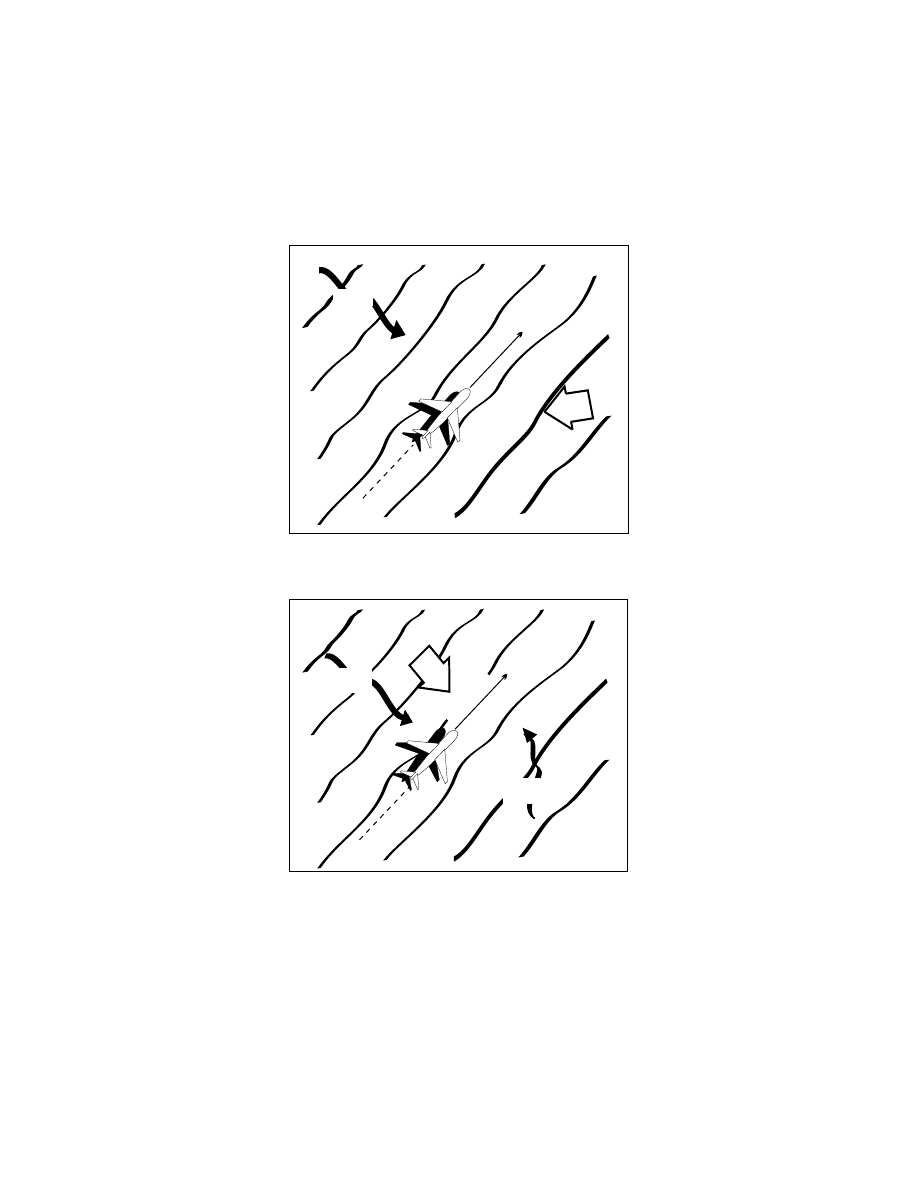
4/20/23
AIM
c.
At the time a portion or all of ESCAT is implemented, ATC facilities will broadcast appropriate instructions
received from the Air Traffic Control System Command Center (ATCSCC) over available ATC frequencies.
Depending on instructions received from the ATCSCC, VFR flights may be directed to land at the nearest
available airport, and IFR flights will be expected to proceed as directed by ATC.
d.
Pilots on the ground may be required to file a flight plan and obtain an approval (through FAA) prior to
conducting flight operation.
5
−
6
−
13. Interception Procedures
a. General.
1.
In conjunction with the FAA, Air Defense Sectors monitor air traffic and could order an intercept in the
interest of national security or defense. Intercepts during peacetime operations are vastly different than those
conducted under increased states of readiness. The interceptors may be fighters or rotary wing aircraft. The
reasons for aircraft intercept include, but are not limited to:
(a)
Identify an aircraft;
(b)
Track an aircraft;
(c)
Inspect an aircraft;
(d)
Divert an aircraft;
(e)
Establish communications with an aircraft.
2.
When specific information is required (i.e., markings, serial numbers, etc.) the interceptor pilot(s) will
respond only if, in their judgment, the request can be conducted in a safe manner. Intercept procedures are
described in some detail in the paragraphs below. In all situations, the interceptor pilot will consider safety of
flight for all concerned throughout the intercept procedure. The interceptor pilot(s) will use caution to avoid
startling the intercepted crew or passengers and understand that maneuvers considered normal for interceptor
aircraft may be considered hazardous to other aircraft.
3.
All aircraft operating in US national airspace are highly encouraged to maintain a listening watch on
VHF/UHF guard frequencies (121.5 or 243.0 MHz). If subjected to a military intercept, it is incumbent on
civilian aviators to understand their responsibilities and to comply with ICAO standard signals relayed from the
intercepting aircraft. Specifically, aviators are expected to contact air traffic control without delay (if able) on
the local operating frequency or on VHF/UHF guard. Noncompliance may result in the use of force.
b. Fighter intercept phases
(see FIG 5
1).
1. Approach Phase.
As standard procedure, intercepted aircraft are approached from behind. Typically, interceptor aircraft will be
employed in pairs, however, it is not uncommon for a single aircraft to perform the intercept operation. Safe
separation between interceptors and intercepted aircraft is the responsibility of the intercepting aircraft and will
be maintained at all times.
2. Identification Phase.
Interceptor aircraft will initiate a controlled closure toward the aircraft of interest, holding at a distance no closer
than deemed necessary to establish positive identification and to gather the necessary information. The
interceptor may also fly past the intercepted aircraft while gathering data at a distance considered safe based on
aircraft performance characteristics.
3. Post Intercept Phase.
An interceptor may attempt to establish communications via standard ICAO signals. In time-critical situations
where the interceptor is seeking an immediate response from the intercepted aircraft or if the intercepted aircraft
remains non-compliant to instruction, the interceptor pilot may initiate a divert maneuver. In this maneuver, the
interceptor flies across the intercepted aircraft’s flight path (minimum 500 feet separation and commencing from
National Security and Interception Procedures
5
−
6
−
9